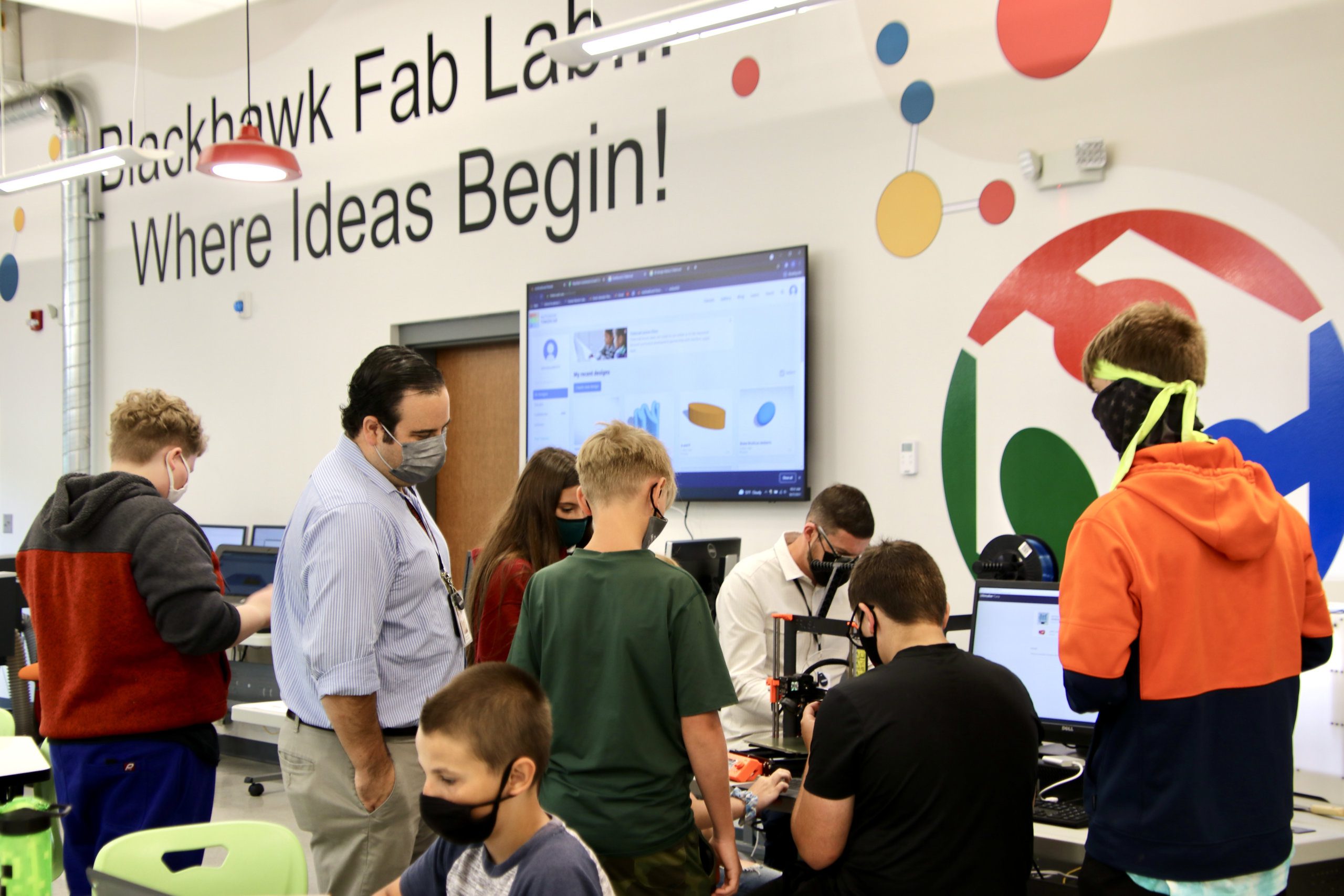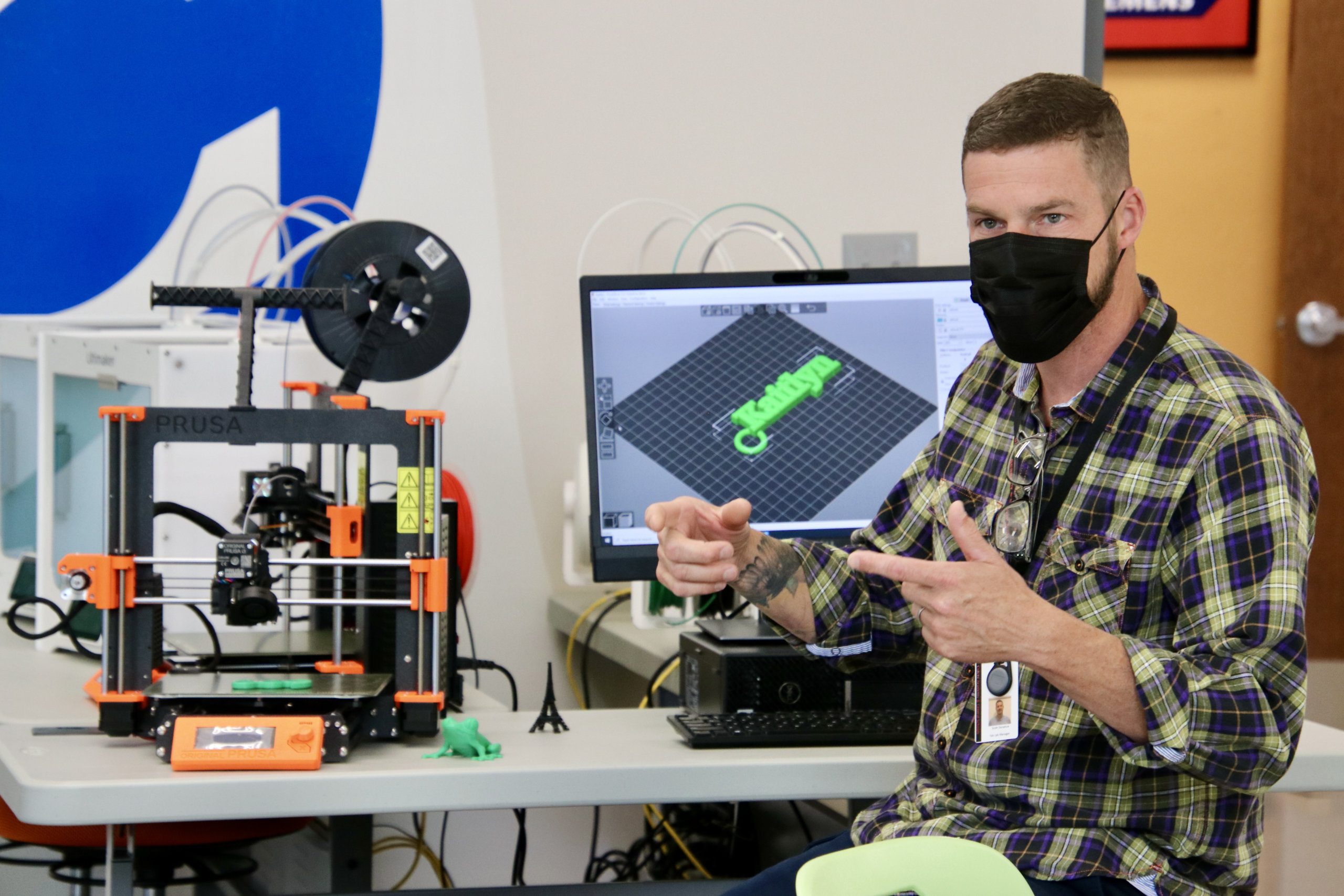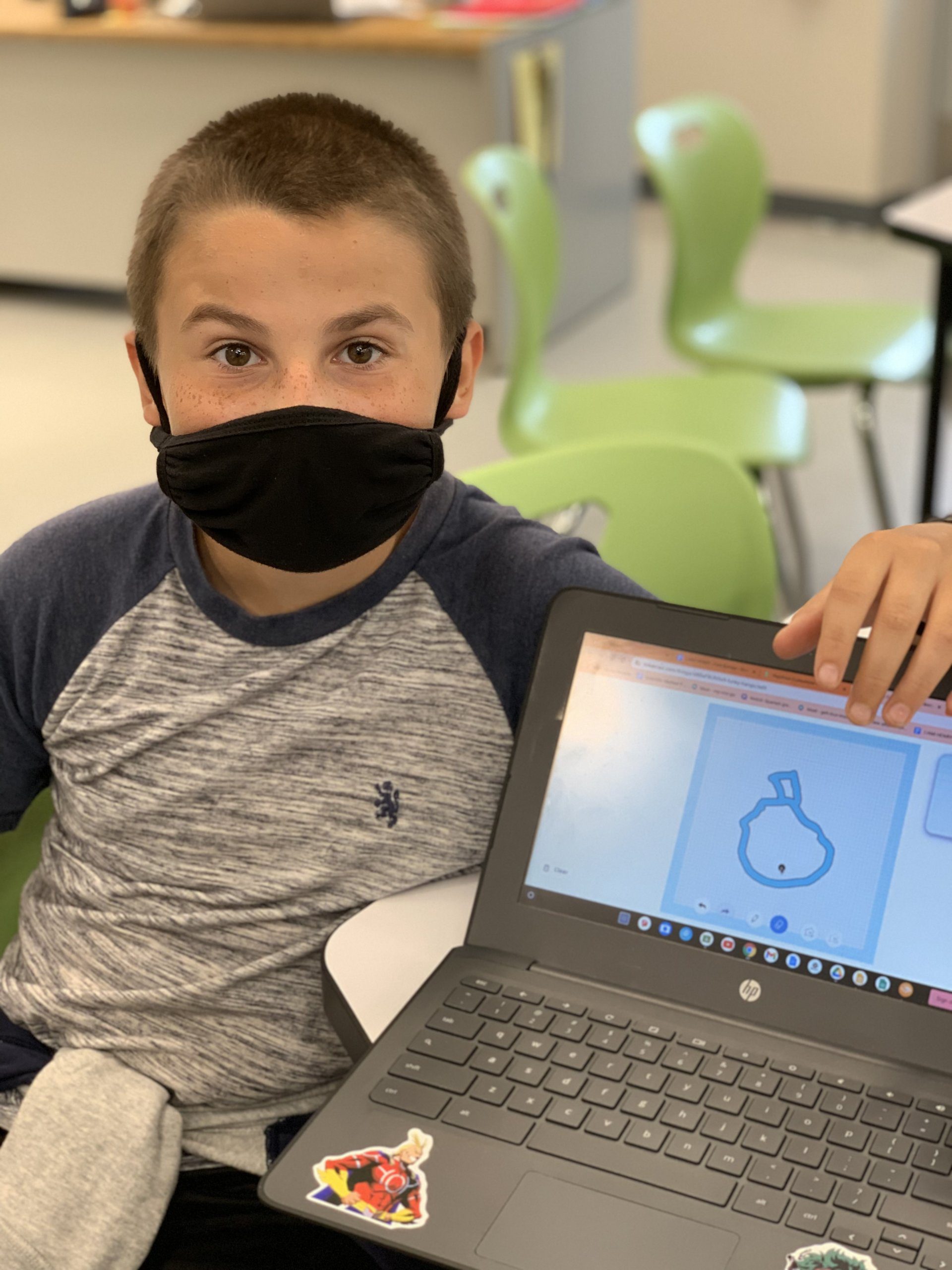 October 2021 – C/W CSTAC Community School Spotlight:
October 2021 – C/W CSTAC Community School Spotlight:
Oxford Academy & Central Schools:
Leveraging Corporate and Community Partnerships to Increase STEM Opportunities
The Oxford Academy & Central Schools may have been chartered in 1794, but this small, historic district in rural Chenango County is 21st century-focused. Oxford has big ideas with many moving parts, and they are actively working with others to make a map and get going:
- Oxford’s resources include a new, fully equipped digital fabrication laboratory and enriched STEM opportunities for all grades in this 690-student UPK-12 school.
- The goal is a regional STEM ecosystem connecting an array of entities, beginning with a 30-mile central corridor linking school districts and businesses.
- The measure of success will be students who graduate with 21st-century skills and enough experience to make informed career choices, and a growing regional economy with an equipped workforce and entrepreneurs.
- And finally, the pathway to seeing these goals fulfilled includes partnerships of all kinds.
A capital project to repurpose an unused bus garage passed in 2019, but Superintendent John Hillis wanted to be sure that the planned STEM-based project had a meaningful purpose. In conversations about energy efficiency with Sara Culotta at Siemens, a global technology company employing over 2,500 across New York State, it became clear that Oxford Academy and Siemens had goals that aligned, including students prepared to make choices after graduation, workforce development, and a vibrant economy.
“How can we give students all kinds of project-based learning opportunities and then connect them to local jobs and global careers that lie beyond graduation?” Hillis asked. Culotta suggested a Siemens Smart Infrastructure energy+education partnership, a flexible, region-specific model for educational enrichment and total energy management that aligns with the company’s own “business to society” mission.
The Oxford plan included support for the district’s high-tech digital fabrication laboratory idea and more. To begin, Oxford won a competitive Siemens Empowers 2021 grant to fund a FUSE program primarily housed in the new “Fab Lab” located in the now refurbished bus garage. FUSE, a research-based program housed at Northwestern University, awarded Oxford one of two grants issued nationwide last year to train teachers and provide project-based challenges modeled on video games that promote student choice and self-paced learning.
The Fab Lab was then designed and outfitted using a collaborative process coordinated by national consultants TIES (the Teaching Institute for Excellence in STEM), which Siemens partners with across the country.
For these early Design Studio sessions with TIES, and then subsequent Advisory Council and regional meetings for the project’s development and launch, Hillis’s invitations went far. Partners in this project included Oxford Academy teachers and administrators, superintendents in three regional school districts, DCMO BOCES, Binghamton University, SUNY Broome, Cornell Cooperative Extension, Assemblyman Joseph Angelino, US Representative Claudia Tenney, and representatives from Chobani, Raymond Corporation, and others.
“Oxford alone isn’t big enough to hold the attention of these businesses and universities,” Hillis explained. “We graduated 39 kids last year. It’s in our best interests to partner with other districts, and other organizations and businesses who are interested in this mission. If we can bring opportunities to all students and all businesses in the area, moving in a regional direction benefits everyone.”
To begin, superintendents from Norwich City School District, Greene Central School District, and Chenango Forks Central School District are working with Oxford on scheduling their students’ time in the Fab Lab. FUSE also gave permission for those students to use project kits while at Oxford. Each of these districts is identifying programs that can be shared with Oxford students as well, including on-site visits.
Partners in higher education are exploring facility usage as well as other programs that can support a student in career-based education from high school through to college, internships, industry placements, and beyond.
Binghamton University is launching a research project at Oxford where a hybrid after-school and at-home engineering design program can help students in grades 3-6 and their families move toward a greater appreciation of STEM careers.
Opportunities in the Fab Lab already match Oxford interests. Fab Lab Director Scott Donahue is working with students and teachers daily, many of whom are learning how to use this equipment for the first time. Dedicated computers support the 3-D printers, a vinyl graphics cutter, laser etchers, digital embroidery equipment, soldering circuit station, a heat press, and a CNC router. Soon an agriculture-focused project area will be created.
There was no predicting what Oxford teachers would come up with when Donahue offered the lab’s resources, but they have ideas. An art teacher is working on student-made texture plates for use in ceramics. A Spanish class is working on maps made into jigsaw puzzles with Spanish-language place names. A giant chessboard is being painted in the courtyard for use with 3-foot tall chess pieces crafted in the Fab Lab. A new High School Anatomy and Physiology class is working on organs made on 3-D printers. Student-designed emblems commemorating the Mars Rover Mission made during a summer STEAM camp were turned into fabric patches. Some students are now asking to work on their projects during study halls. And that’s just for starters.
“I come to work excited every day,” Donahue said, and it’s clear why.
Do you have a community school story that you would like featured in our e-newsletter?
Email Liz Anderson at cstac@binghamton.edu or call 607-777-9383.








